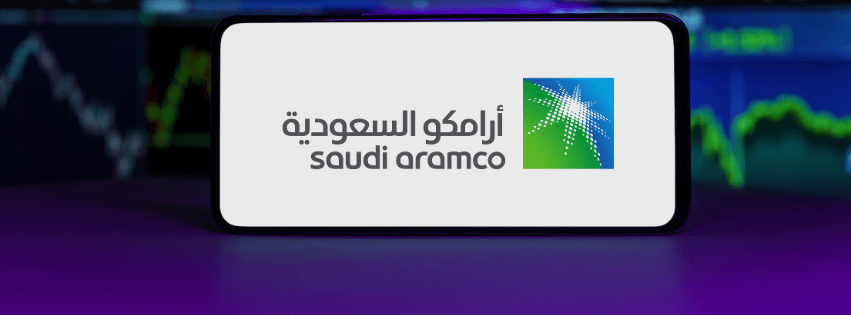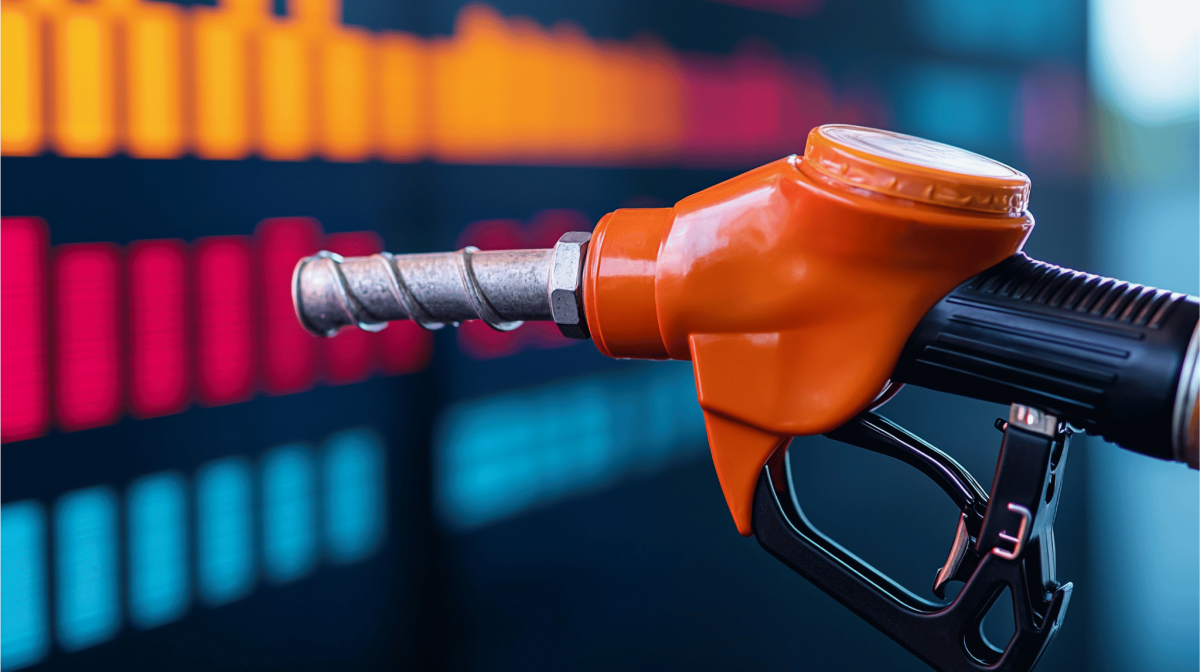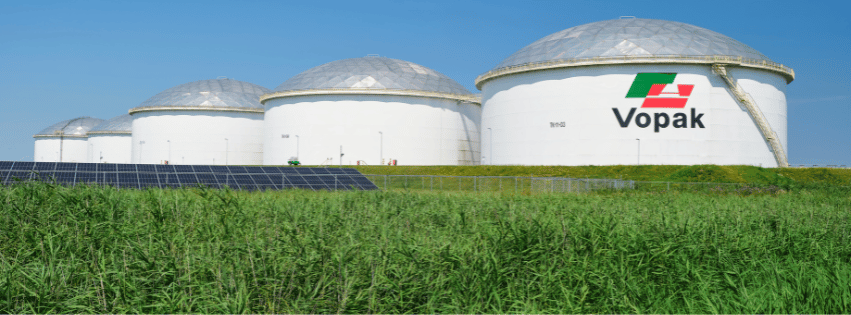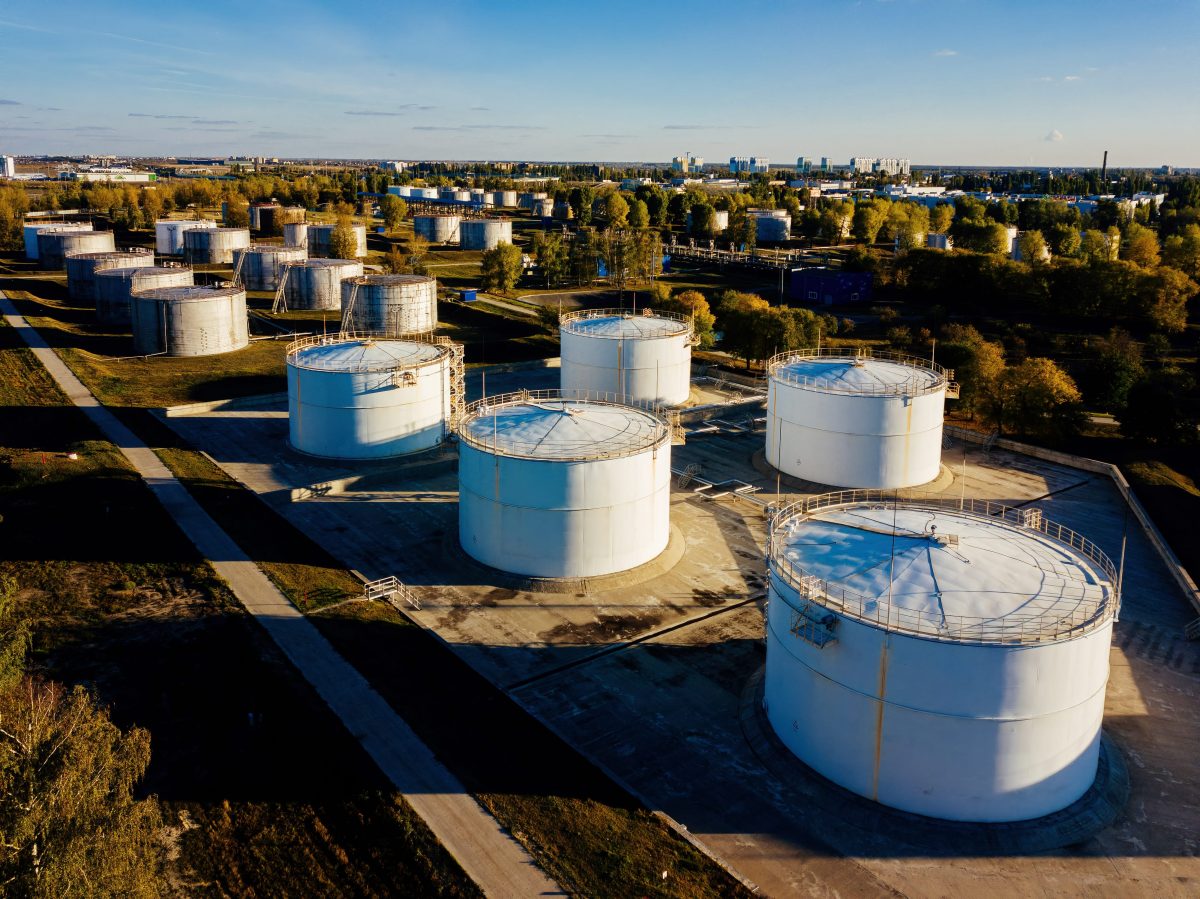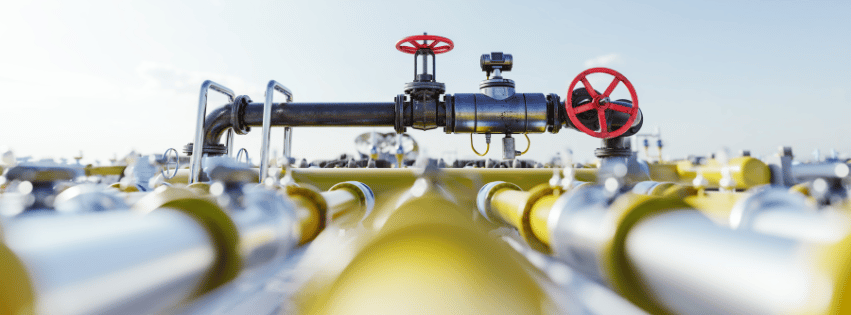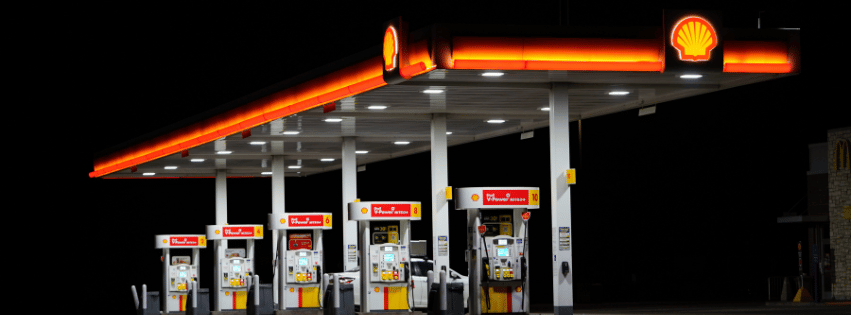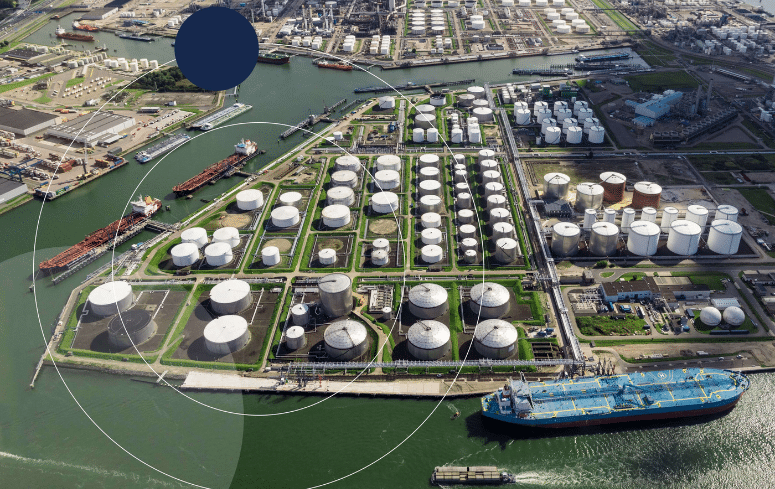Indonesia is going all-in on oil with a massive $12.5 billion refinery project, aiming to cut imports, boost energy security, and flex some refining muscle. The government announced plans for the 531,500-barrel-per-day facility, making it one of the largest in the region—because when you’re an economy growing as fast as Indonesia’s, relying on imports just isn’t cutting it anymore.
“We will build a refinery that, In shaa Allah, will have a capacity of approximately 500,000 barrels,” Energy Minister Bahlil Lahadalia said, signaling Jakarta’s renewed commitment to domestic refining. The move reflects President Prabowo Subianto’s aggressive push for energy self-sufficiency–a priority for a country that once exported crude but now finds itself importing increasing volumes to meet demand.
The plan, funded in part by Indonesia’s Daya Anagata Nusantara Investment Management Agency (Danantara), is expected to save the country up to 182.5 million barrels of oil per year—a reduction in imports that could translate to a whopping $16.7 billion in savings. The bold pivot away from dependency is a logical step to take amid global markets that have been rattled by trade wars, shifting OPEC+ production strategies, and unpredictable crude prices.
The refinery’s construction isn’t just an energy play—it’s an employment machine. Officials estimate 63,000 direct jobs and another 315,000 indirect jobs will be created, making this more than just an oil story—it’s a political win. The government’s 2025 priority list includes 21 downstream energy projects worth $40 billion, with this refinery taking center stage.
Meanwhile, Indonesia is still struggling with declining oil production, having slipped from a peak of 1.6 million barrels per day in the 1990s to under 600,000 bpd today. The country has courted ExxonMobil to boost output, but for now, its best bet is to refine what crude it does produce and cut down on costly imports.
By: Oil Price, March 07, 205.


